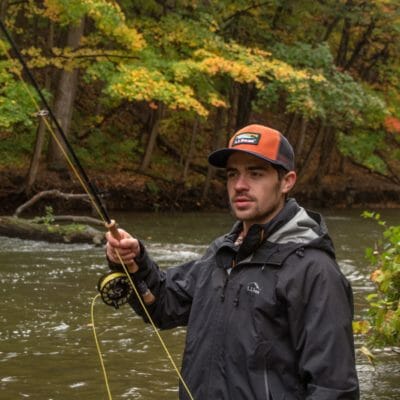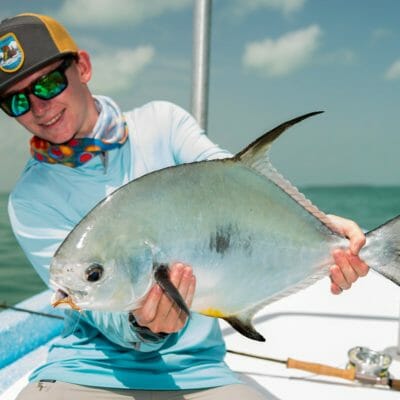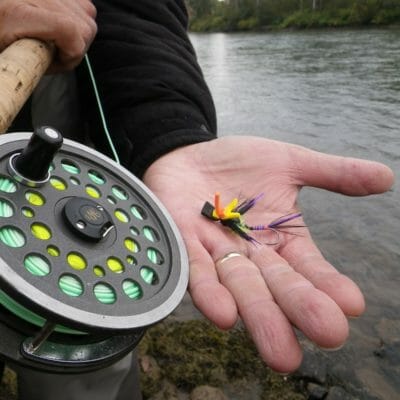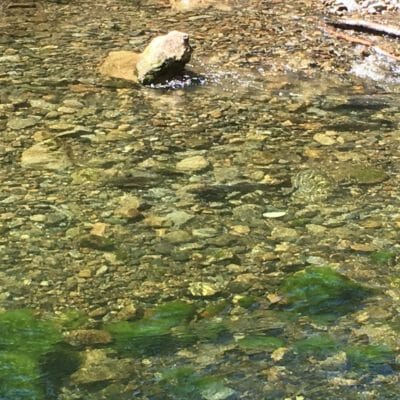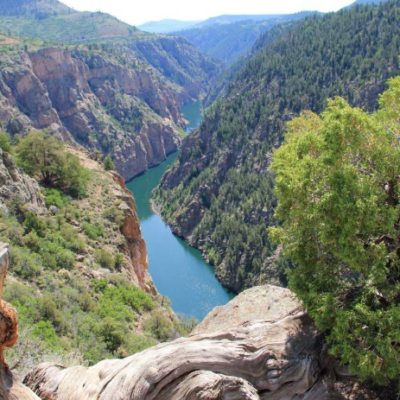Editor’s note: The TU Costa 5 Rivers Program is sending a handful of college students to the Columbia River drainage in the Northwest to fish and explore the myriad challenges facing trout and salmon in the region. I am Theodore Benjovsky, and just recently graduated from the University at Buffalo with a Bachelor’s of Science
My life can be separated into two distinct parts: Life before I picked up a fly rod, and life after it. I began my fly fishing journey in the rolling hills of western Wisconsin, the place where I call home. It was the beginning of January and my hands were freezing cold; every moment I
The 2018 5 Rivers Odyssey crew. Photo courtesy of Flylords It is that time of the year: long days, great hatches, and the 5 Rivers Odyssey. Now in its third year, this year’s 5 Rivers Odyssey participants will be exploring the Pacific Northwest for the next five weeks. In partnership with the U.S. Forest Service,
My name is Morgan Bradley and I am from Telluride, Colo. From a young age, I began fishing with my dad, who has been a life-long angler. It started with a spin rod, fishing with worms and other bait for species like catfish and bass back when I used to live in Phoenix, Ariz.. When
Editor’s note: This is the second of two posts on skating flies for summer steelhead from the director of TU’s Wild Steelhead Initiative. Go here to read the first. Recently, I shared some thoughts on the gear, techniques, and stream knowledge you might need to fish for summer steelhead with a skated fly—one of my
By Natalie Stauffer-Olsen, PhD. It is always exciting when new technology becomes available that can help us understand, manage and protect wild steelhead, the mavericks of the Pacific salmonids. Steelhead and rainbow trout populations can be difficult to predict, model and understand because of their very plastic (scientific term for highly variable) life histories, from juveniles to
Anglers should rejoice in the introduction of the CORE Act, particularly if they live or fish in Colorado’s iconic Gunnison Valley. The Curecanti portion of the Act, introduced by Sen. Michael Bennet and Rep. Joe Neguse, would establish permanent boundaries for the current National Recreation Area making management simpler and creating improved fishing access. In 1965, Blue Mesa Dam was completed
